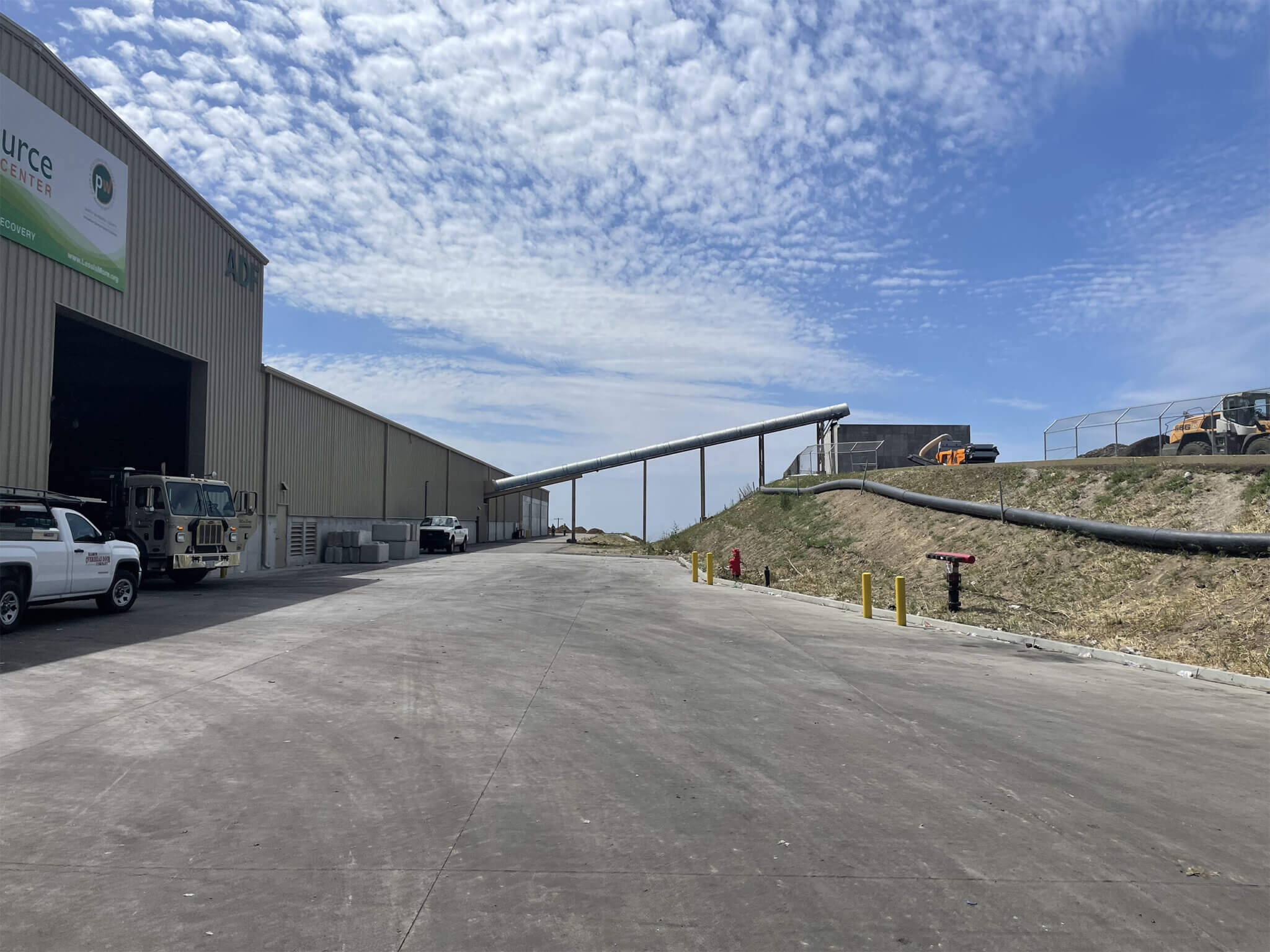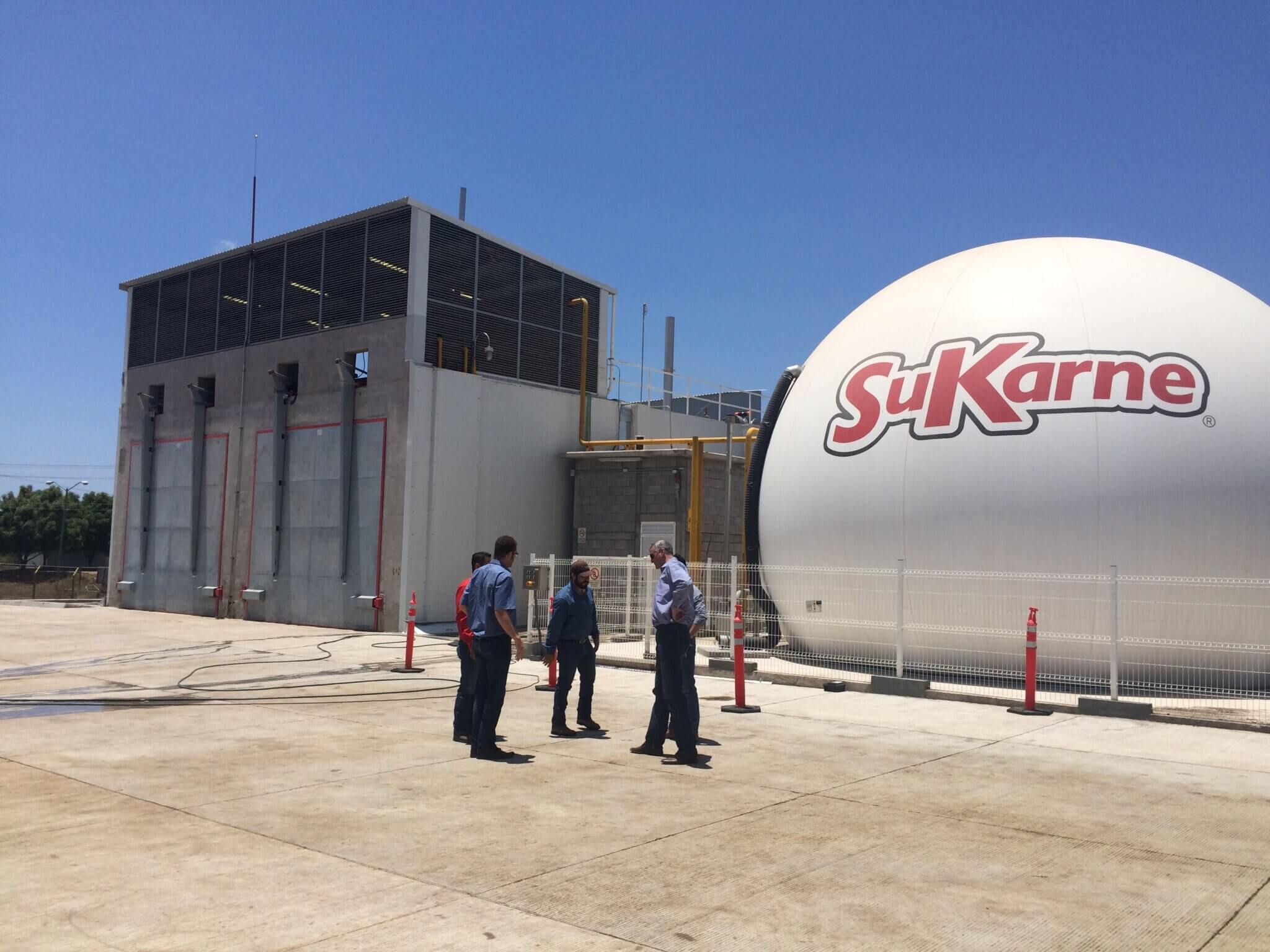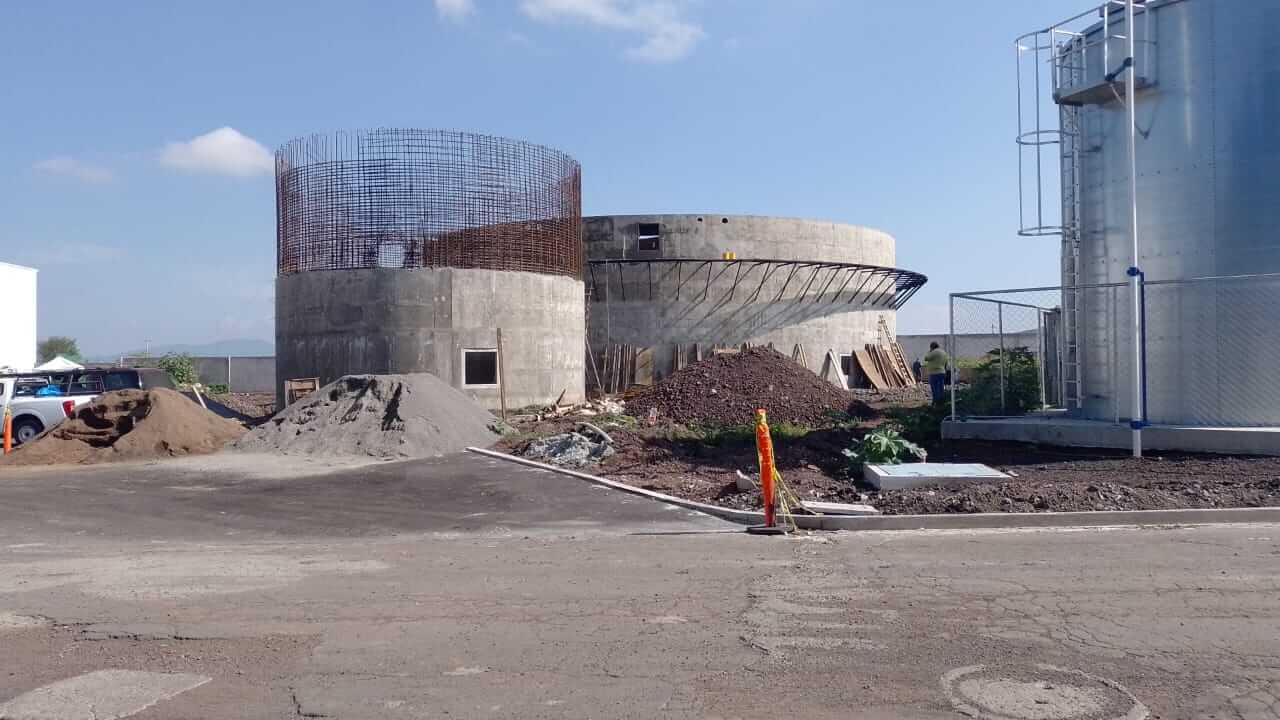Implementation of biomethanation in St-Nazaire-de-Dorchester
Exclusively utilizing organic materials of agricultural origin, our agricultural biomethanation project in the RCM of Bellechasse is establishing itself in the region following a circular economy logic. All without and contruction of natural gas pipelines.
Animals from 9 agricultural producers. The pig slurry, cow manure and poultry manure are collected for the biogas plant.
Tons of slurry and manure that will be recycled in the Haybell Enviro-Energie project.
Quantity in Nm³ of renewable natural gas (RNG) produced to replace fossil energy
Close collaboration:
- Compliance with municipal regulations for the transport of materials
- A surplus of rich fertilizer materials for spreading
- Recipe adapted to local producers.
Circular and local economy:
- Design of facilities on a human scale (no megacomplex)
- Reduced radius of partner farms (limited travel)
Farmland at heart:
- Situated on the farm belonging to our collaborating agricultural producer
- Exclusively agricultural project (no industrial feedstocks)
- Fertilizing materials full of nutrients
Presentation of the biogas plant project
The process, from the farmers' perspective
Once collected from producers, the slurry, manure, and other agricultural residues will be treated at the biomethanation site. Filled with essential nutrients, the digestate will be distributed in liquid pits or formed into piles across the fields. Surplus fertilizer material will also be offered.
The biogas project roadmap
The project is currently in the social acceptability phase. Environmental studies are underway.
The BioÉnertek difference
What sets us apart? The stability and homogeneity of the fertilizer recipe: only agricultural inputs of known nature are used to produce biogas. We do not add any organic residue from municipalities or the agri-food industry.
Presentation of the biogas plant project
The process, from the farmers' perspective
Once collected from producers, the slurry, manure, and other agricultural residues will be treated at the biomethanation site. Filled with essential nutrients, the digestate will be distributed in liquid pits or formed into piles across the fields. Surplus fertilizer material will also be offered.
The biogas project roadmap
The project is currently in the social acceptability phase. Environmental studies are underway.
The BioÉnertek difference
What sets us apart? The stability and homogeneity of the fertilizer recipe: only agricultural inputs of known nature are used to produce biogas. We do not add any organic residue from municipalities or the agri-food industry.
Close collaboration:
- Compliance with municipal regulations for the transport of materials
- A surplus of rich fertilizer materials for spreading
- Recipe adapted to local producers.
Circular and local economy:
- Design of facilities on a human scale (no megacomplex)
- Reduced radius of partner farms (limited travel)
Farmland at heart:
- Situated on the farm belonging to our collaborating agricultural producer
- Exclusively agricultural project (no industrial feedstocks)
- Fertilizing materials full of nutrients
What are the advantages of the biogas plant project?
Benefit:
Odor reduction
The anaerobic microbial breakdown responsible for the odour’s during spreading is confined to the bioreactor, and the installations are designed to control the fumes.
Benefit:
Digestate, a fertilizer rich in nutrients
Along with biogas, is one of the products of biomethanation. Rich in nutrients, it facilitates the absorption of certain elements (nitrogen, phosphorus, potassium). Agricultural digestate is considered a product of biomethanation which contributes to the sustainable management of organic waste.
Benefit:
Resilience for its partners
The biomethanation project adapts to agricultural land in the Bellechasse region, which offers additional resilience for agricultural production and its partners.
Benefit:
Participation in the local economy
With the labor shortage, this project can meet the needs of farms related to the transportation of fertilizer materials.
Frequently asked questions from the community
In addition, each of the biomethanation plant designed by BioÉnertek is equipped with cutting-edge technologies aimed at reducing the risk of incidents. For example: a notification system and instruments to manage pressure, a flare to eliminate possible gas accumulation and emergency pressure relief valves.
This nitrogen mineralization also helps reduce the production of greenhouse gases (GHGs). Reducing nitrous oxide emissions during spreading – a gas almost 350 times more damaging than CO2.
Our trusted partners










